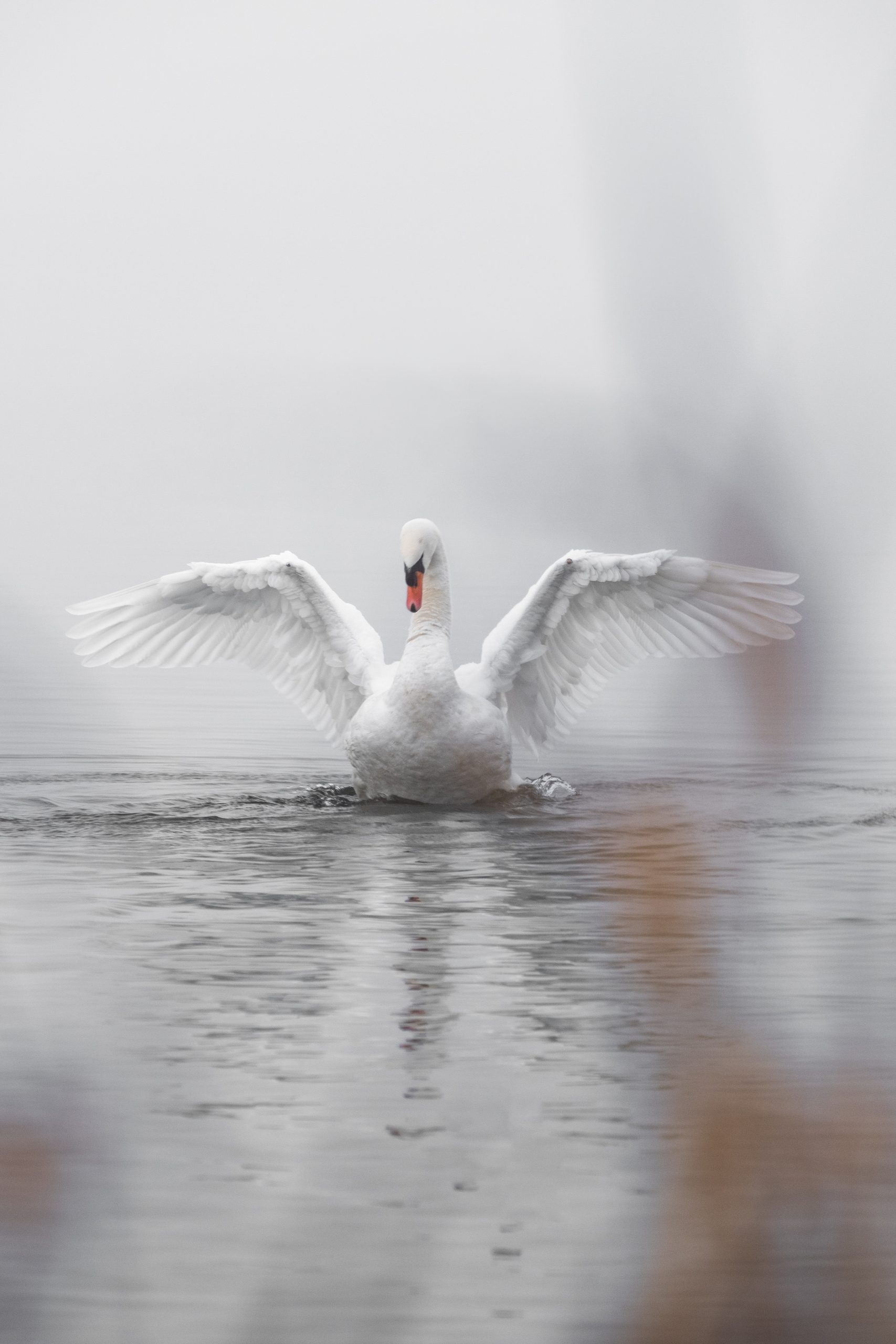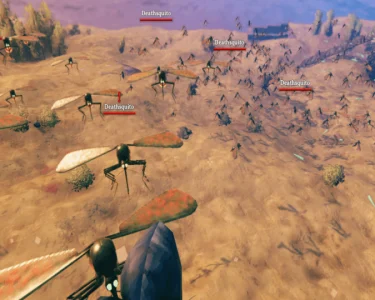Swans are beautiful and graceful birds that have captured the hearts of people around the world for centuries. Unfortunately, like many other species, swans are facing threats to their survival, including habitat loss, pollution, hunting, and climate change. However, there are conservation efforts underway around the world to protect swan populations and ensure their continued existence for future generations.
One of the most pressing threats to swan populations is habitat loss. Swans depend on wetlands, lakes, and rivers for food and nesting sites, but these habitats are increasingly being destroyed by human activities such as development, agriculture, and mining. To address this problem, many conservation organizations are working to protect and restore wetlands and other important habitats for swans. For example, the Wildfowl & Wetlands Trust in the UK has been working to create and manage wetlands for over 70 years, providing essential habitats for swans and other waterfowl.
Another threat to swan populations is pollution, which can have a devastating impact on the birds’ health and reproductive success. For example, oil spills can coat swans’ feathers, making it difficult for them to fly and stay warm in cold weather. To address this issue, many organizations are working to reduce pollution in swan habitats and rescue and rehabilitate birds affected by pollution. The International Swan Symposium, a gathering of swan experts from around the world, has discussed ways to reduce pollution and other threats to swan populations.
Hunting is another significant threat to swans, with some species being targeted for their meat, feathers, and eggs. To address this issue, many countries have implemented hunting restrictions or bans on swans, and conservation organizations are working to educate people about the importance of protecting these birds. The Trumpeter Swan Society, for example, has been working since 1968 to protect North America’s largest swan species from hunting and other threats.
Climate change is also having a significant impact on swan populations, with rising temperatures and changing weather patterns affecting the birds’ breeding, migration, and survival. To address this issue, many organizations are working to reduce greenhouse gas emissions and promote the use of renewable energy sources. The International Union for Conservation of Nature (IUCN) has identified climate change as a major threat to swans and other waterfowl and has called for urgent action to address this issue.
In addition to these efforts, many organizations are also working to monitor and study swan populations to better understand their behavior, biology, and ecology. This information can help inform conservation efforts and ensure that the most effective strategies are being used to protect these birds. For example, the Swan Study Group, an international organization of swan researchers, has been studying swan populations since 1970 and has made important contributions to our understanding of these birds.
In conclusion, swans are facing numerous threats to their survival, but there are many conservation efforts underway to protect them. From habitat protection and restoration to pollution reduction, hunting restrictions, and climate change mitigation, these efforts are essential for ensuring that swan populations continue to thrive. However, more work needs to be done to address these threats, and it is up to all of us to support and advocate for swan conservation.




